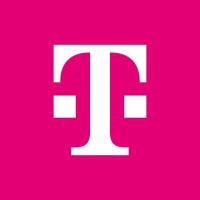
Globe Telecom
Globe is a leading full-service telecommunications company in the Philippines and publicly listed in the PSE with the stock symbol GLO. The company serves the telecommunications and technology needs of consumers and businesses across an entire suite of products and services including mobile, fixed, broadband, data connectivity, internet and managed services. It has major interests in financial technology, digital marketing solutions, venture capital funding for startups, and virtual healthcare. In 2019, Globe became a signatory to the United Nations Global Compact, committing to implement universal sustainability principles. Its principals are Ayala Corporation and Singtel, acknowledged industry leaders in the country and in the region. VISION We see a Philippines where Families' dreams come true, Businesses flourish, and the Nation is admired. MISSION To do our part, we create Wonderful Experiences for people to have choices, Overcome Challenges, and discover new ways to Enjoy Life. OUR VALUES We put our customers first. We value People & together we make the difference. We act with integrity. We care like an owner. We keep things simple. We move Fast, We are Better Everyday.






